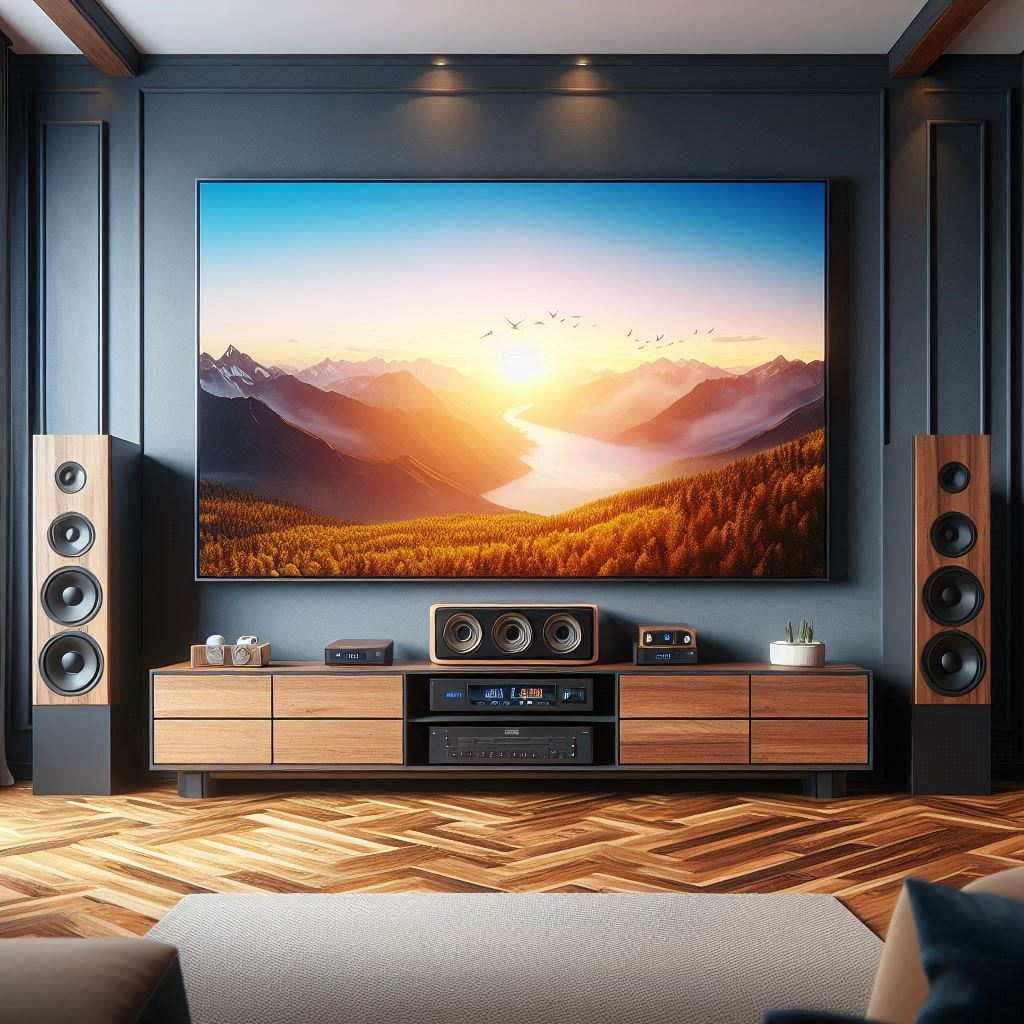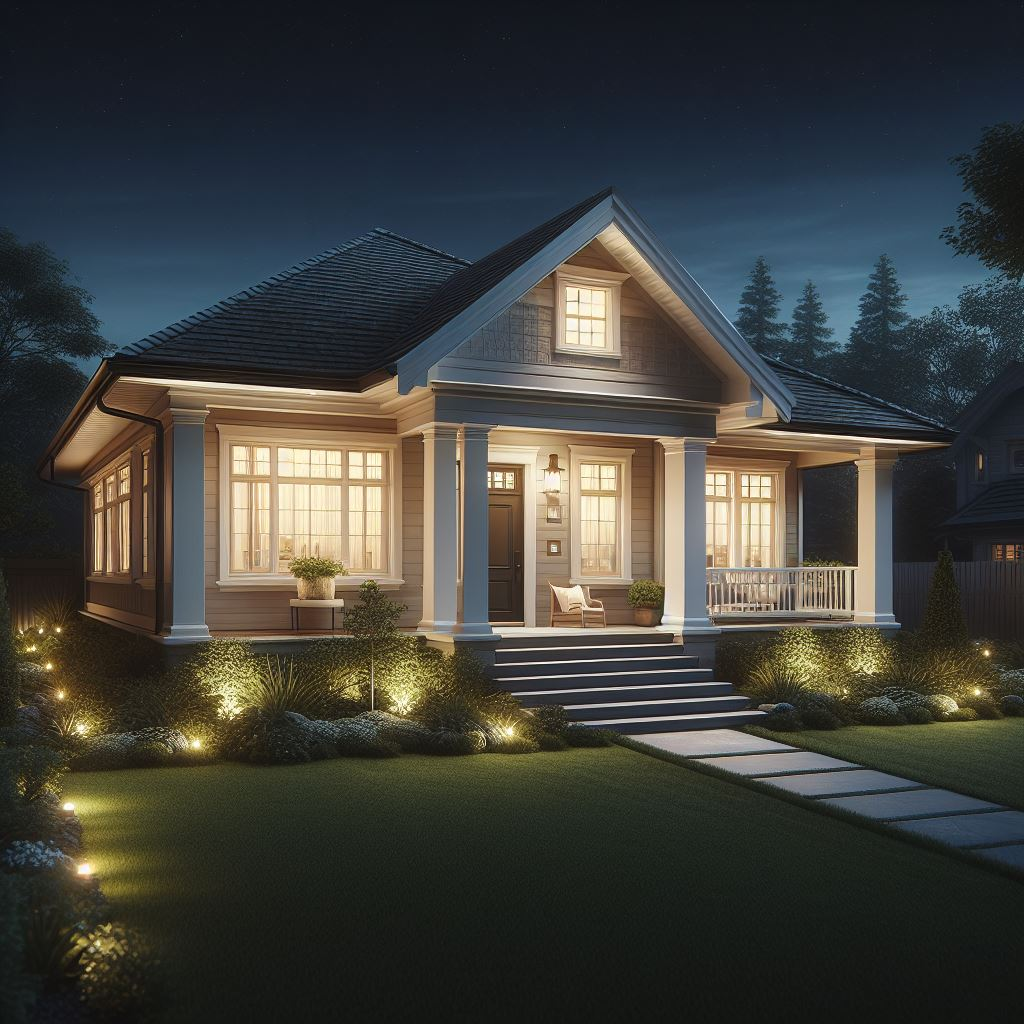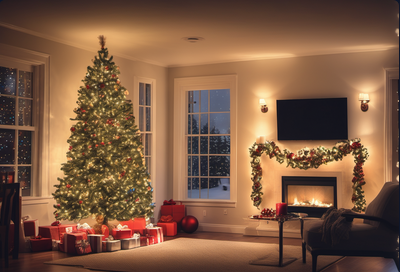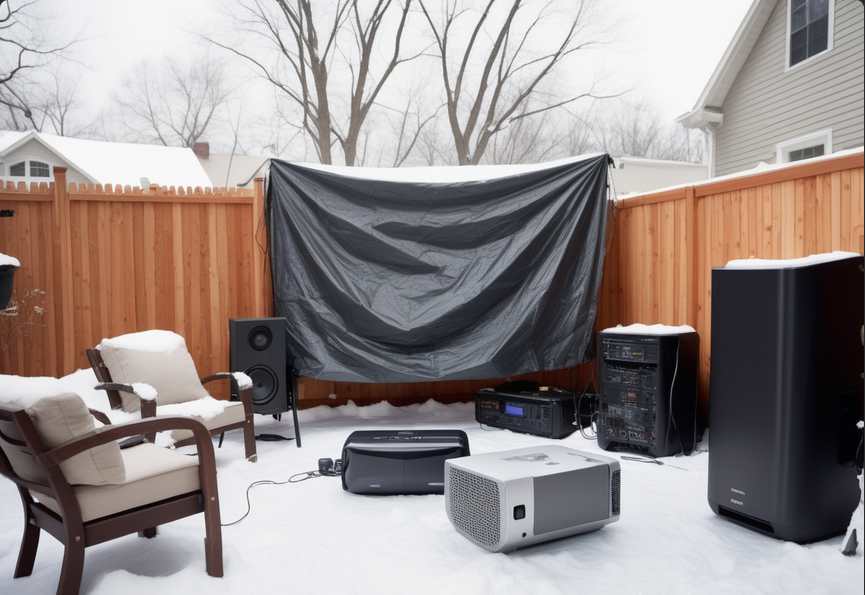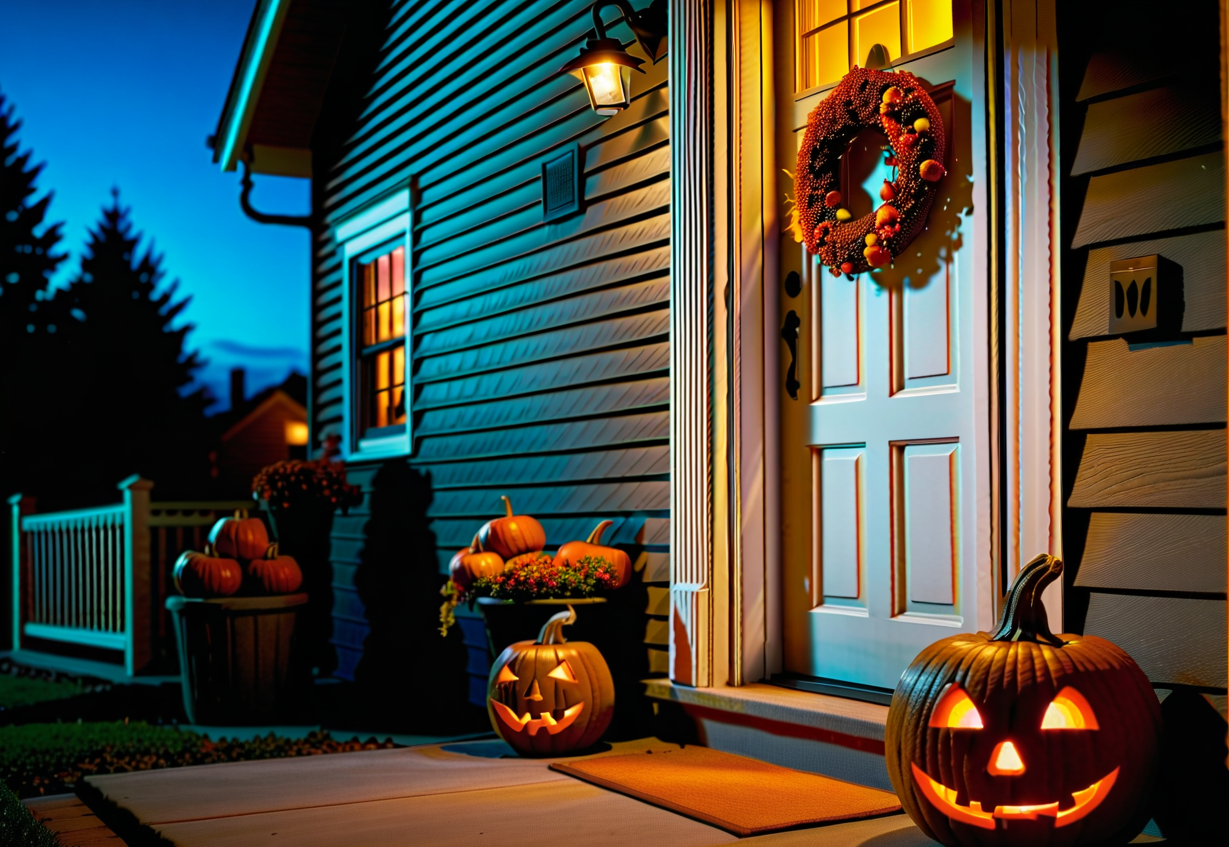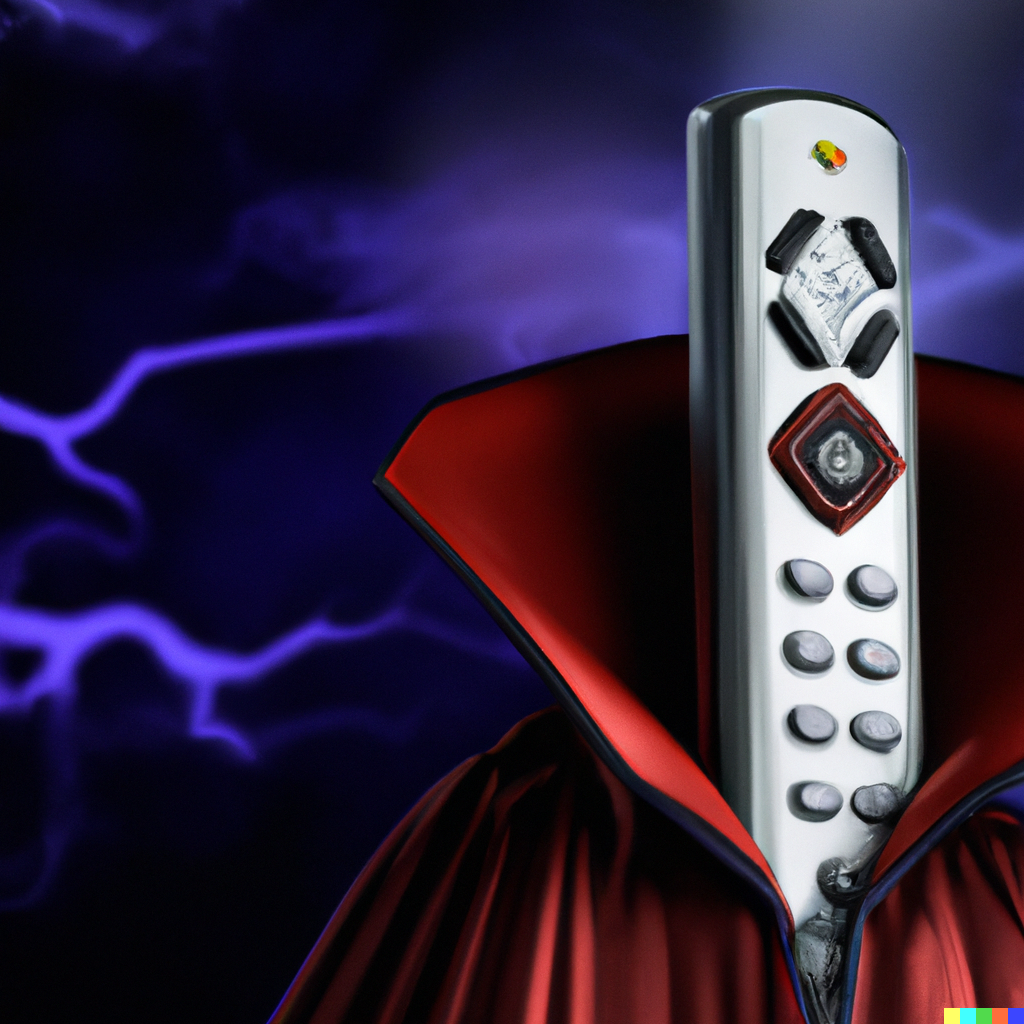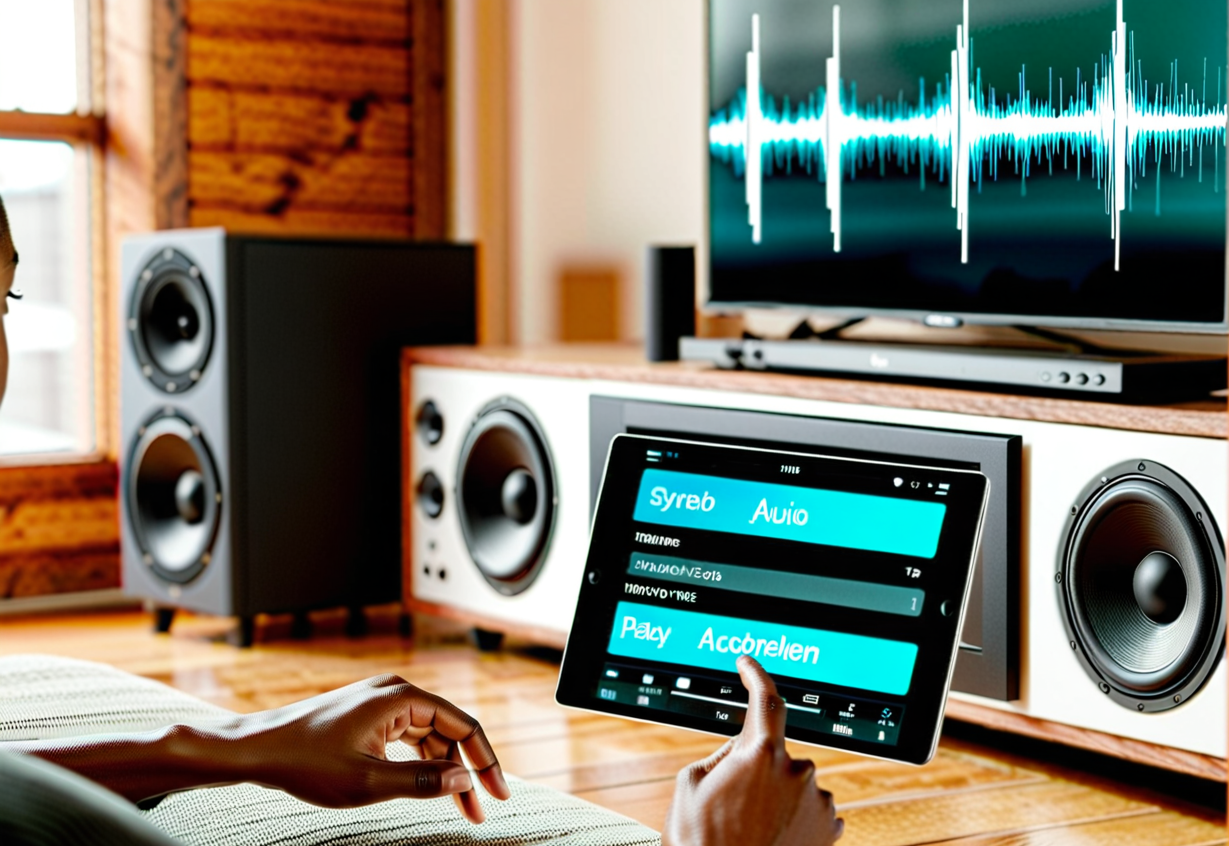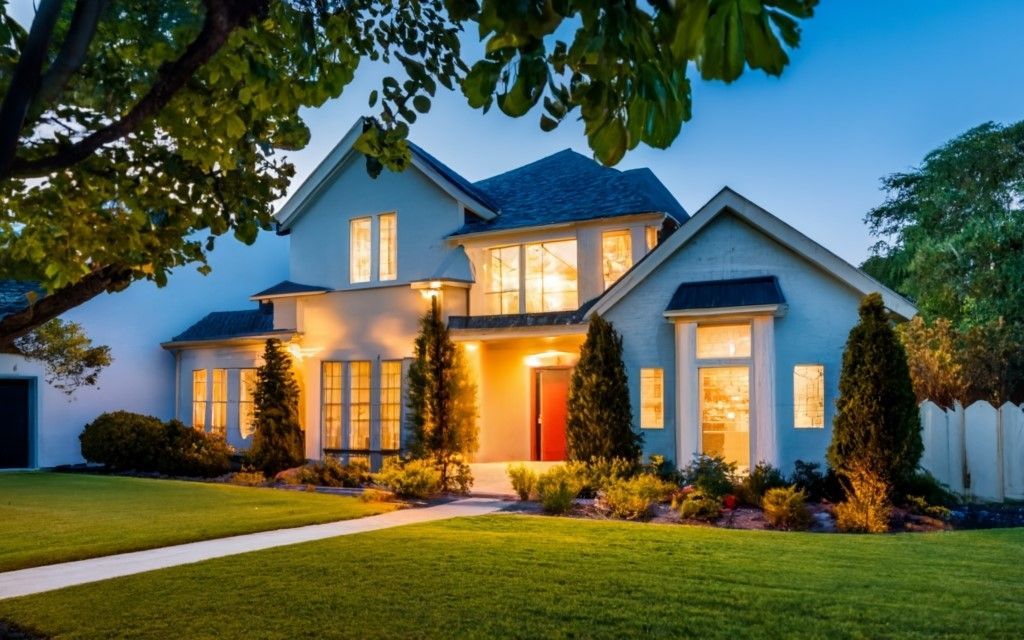Home Automation and the Future of Home Audio and Video
Imagine...
walking into your home and with a simple voice command or button push, the lights dim, the curtains close, and your favorite song begins playing throughout the house. This is no longer a distant dream but a reality with the advent of home automation. Home automation, also known as smart home technology, is transforming the way we interact with our living spaces, and it is poised to revolutionize the future of home audio and video.
In the past, enjoying high-quality audio and video systems required complex setups, multiple remotes, and extensive wiring. However, home automation has simplified and streamlined this process, making it easier than ever to create immersive audio and video experiences in our homes. With the integration of smart home technologies, we can now control our audio and video devices seamlessly.
One of the most significant advancements in home audio is the integration of voice assistants, such as Josh AI. While Amazon Alexa and Google Home have their place, Josh AI takes voice control to a whole new level. With a simple voice command, we can play music, adjust the volume, or even create multi-room audio setups, where different rooms play synchronized music. This level of control and convenience has transformed the way we listen to music, allowing us to effortlessly fill our homes with our favorite tunes.
Furthermore, home automation has made it easier to integrate audio systems with other smart devices in our homes. For instance, smart lighting systems can be synchronized with audio to create immersive experiences. These integrations offer endless possibilities for enhancing our audio experiences and making them more interactive and engaging.
When it comes to video, home automation has also played a significant role in simplifying and enhancing our viewing experiences. Traditionally, managing multiple devices like televisions, media players, and gaming consoles could be cumbersome. However, with home automation, we can now control and automate these devices effortlessly.
Smart televisions are becoming more prevalent, offering built-in streaming capabilities, voice control, and integration with other smart devices. With a single voice command, we can turn on the TV, launch our favorite streaming app, and start watching our preferred shows or movies. This seamless integration between devices creates a cohesive and intuitive user experience, eliminating the need for multiple remotes and reducing complexity.
Additionally, home automation allows us to create personalized viewing experiences tailored to our preferences. With voice assistants, we can easily search for content, adjust volume levels, or even change channels without lifting a finger.
Moreover, home automation extends beyond traditional audio and video devices. It encompasses technologies like smart blinds, projectors, and even virtual reality systems. Imagine a home theater system where the blinds automatically close, the projector turns on, and the audio system activates with a simple voice command or button push. This level of integration and automation creates a truly immersive and cinematic experience within the comfort of our homes.
As we look to the future, the possibilities for home audio and video in the realm of automation are boundless. Advancements in artificial intelligence, virtual reality, and augmented reality will further enhance our home entertainment experiences. We can expect even more intelligent and intuitive voice assistants, seamless integration with emerging technologies, and personalized recommendations that cater to our unique preferences.
In conclusion, home automation has transformed the way we enjoy audio and video in our homes. It has simplified the setup, increased accessibility, and created immersive experiences that were once reserved for high-end theaters. As technology continues to evolve, the future of home audio and video holds tremendous potential for innovation, personalization, and a truly immersive home entertainment experience for all.
